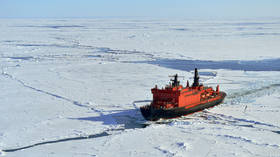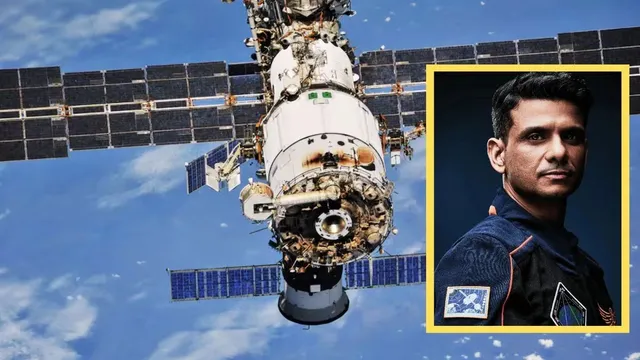
Follow WOWNEWS 24x7 on:
Updated: May 24, 2025 07:23

Russia is opening the door to its vast mineral and energy riches, offering India a strategic opportunity to secure vital resources vital to its economic ambitions. While the West imposes sanctions and reconfigures supply chains globally, Moscow is turning towards reliable allies such as India to unlock the potential of the Arctic—a harbinger of a new era of Indo-Russian resource cooperation.
Key Points
Arctic Energy and Minerals: Melting of Arctic ice is uncovering immense deposits of strategic minerals, hydrocarbons, and new shipping lanes. Russia, which controls over half of the Arctic coast line, is welcoming Indian investment and technology to access these resources. India's goals for energy security and green transition meet Russian aspirations to emerge as one of the world's leading LNG exporters by 2030.
LNG and Oil: Russian LNG long-term contracts have already been secured by India, with GAIL importing 2.85 million tonnes a year through Gazprom. The Yamal LNG unit has performed better than anticipated, and the sanctions-affected Arctic LNG-2 facility could soon have Indian participation if restrictions are eased. India's imports of Russian crude have risen to nearly 1.8 million barrels a day, making Russia India's largest oil supplier.
Strategic Shipping Corridors: The Northern Sea Route (NSR) and the newly established Chennai–Vladivostok Maritime Corridor are transforming Indo-Russian commerce. The NSR, which saves 16 days of transit time via the Suez Canal, saw record cargo traffic in 2023. The Chennai–Vladivostok corridor, opened in late 2024, has catalyzed an 87% surge in coal and a 48% rise in crude oil exports to India.
Critical Minerals: Russia's Far North holds some of the globe's biggest accumulations of lithium, rare earth elements (REEs), cobalt, and palladium—minerals integral to India's electric vehicle, renewable energy, and defense industries. Kolmozerskoye is rich in almost 19% of Russia's lithium, with Norilsk yielding over 40% of global palladium. India, which imports nearly all of its lithium, cobalt, and nickel, is looking for joint ventures and technology transfer in an attempt to gain access to these resources.
Technology Partnerships: India has signed joint statements with leading Russian research and development organizations to develop leading mineral processing and extraction technologies. These partnerships aim at developing India's technological capability and autonomy in support of the nation's "Atmanirbhar Bharat" and "Viksit Bharat" missions.
Enhanced Trade: Bilateral trade between India and Russia went up to $65–66 billion in 2023–24 with an aim to achieve a level of $100 billion by the year 2030. Indian imports of Russian coal, oil, and fertilizers are on the rise, while Indian pharmaceuticals, IT, and manufacturing companies expand their footprints in Russia.
Rare Earth Leadership: Russian state-owned oil company Rosneft just purchased the Tomtor rare earth deposit, Russia's largest. Tomtor, at 154 million tonnes of ore, is the pivot point of Russia's drive to become the world's second-largest rare earth producer, behind only China. The deal offers India new possibilities of diversifying its supply chains from Chinese domination.
Outlook
With its footing in Russia's sanction-proof, resource-full Arctic region, India is set to receive the minerals and energy supplies needed for its green revolution and technology boom. The deepening of the alliance is not only about business—it is about strategic sovereignty, supply chain resilience, and starting a shared vision for a multipolar world.
Sources: RT, B2B Export Import Academy, Defense Mirror, Times of India, Mining.com, Russia's Pivot to Asia
